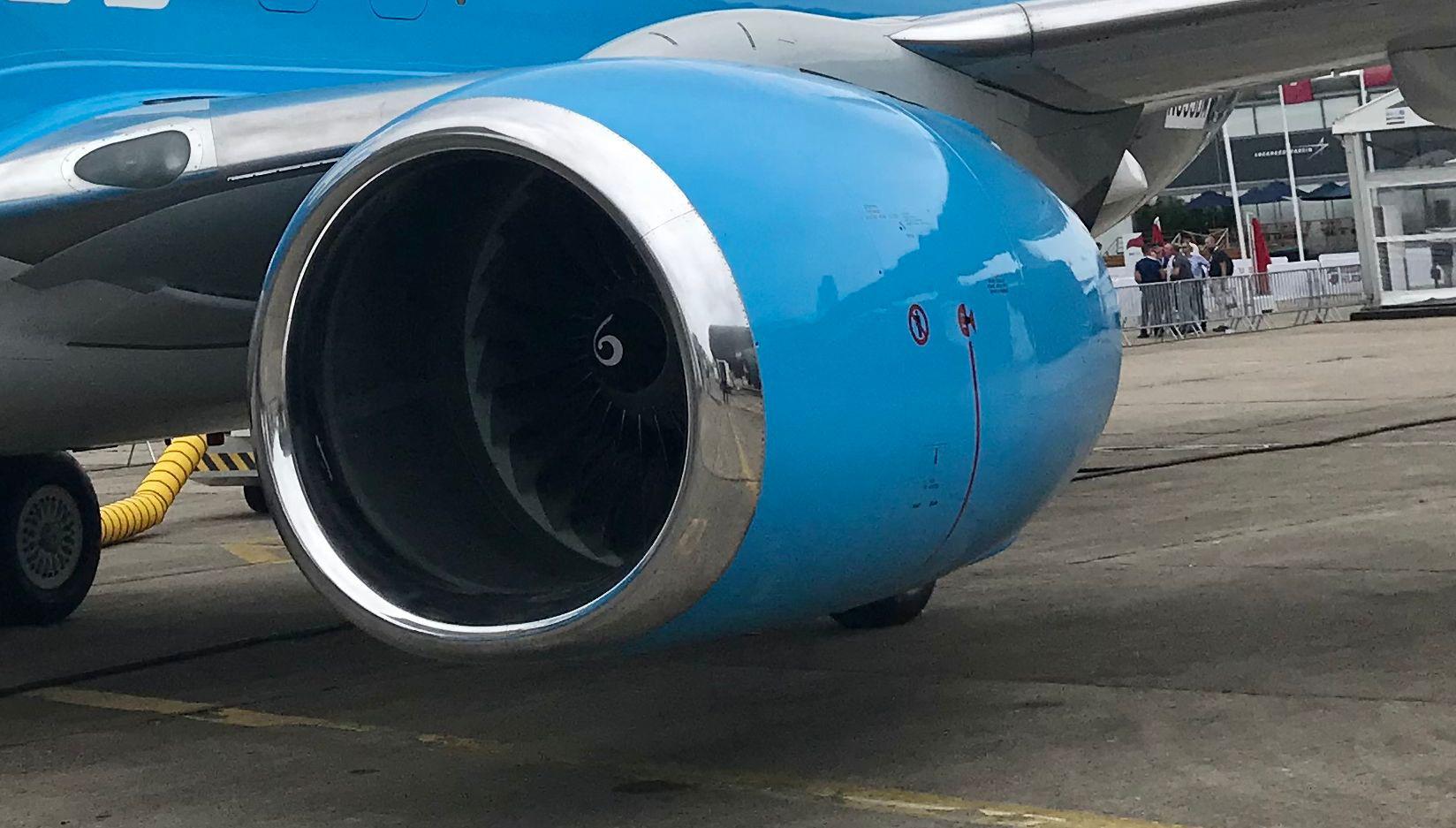
Credit: Sean Broderick/AWST
WASHINGTON—A mandatory, repetitive test to validate that Boeing 737 thrust reverser sensors are working can cause the systems to malfunction, prompting the FAA to advise operators of some models to cycle the reversers after conducting the tests. In a special airworthiness bulletin issued Aug 3., the...
Subscription Required
This content requires a subscription to one of the Aviation Week Intelligence Network (AWIN) bundles.
Schedule a demo today to find out how you can access this content and similar content related to your area of the global aviation industry.
Already an AWIN subscriber? Login
Did you know? Aviation Week has won top honors multiple times in the Jesse H. Neal National Business Journalism Awards, the business-to-business media equivalent of the Pulitzer Prizes.
